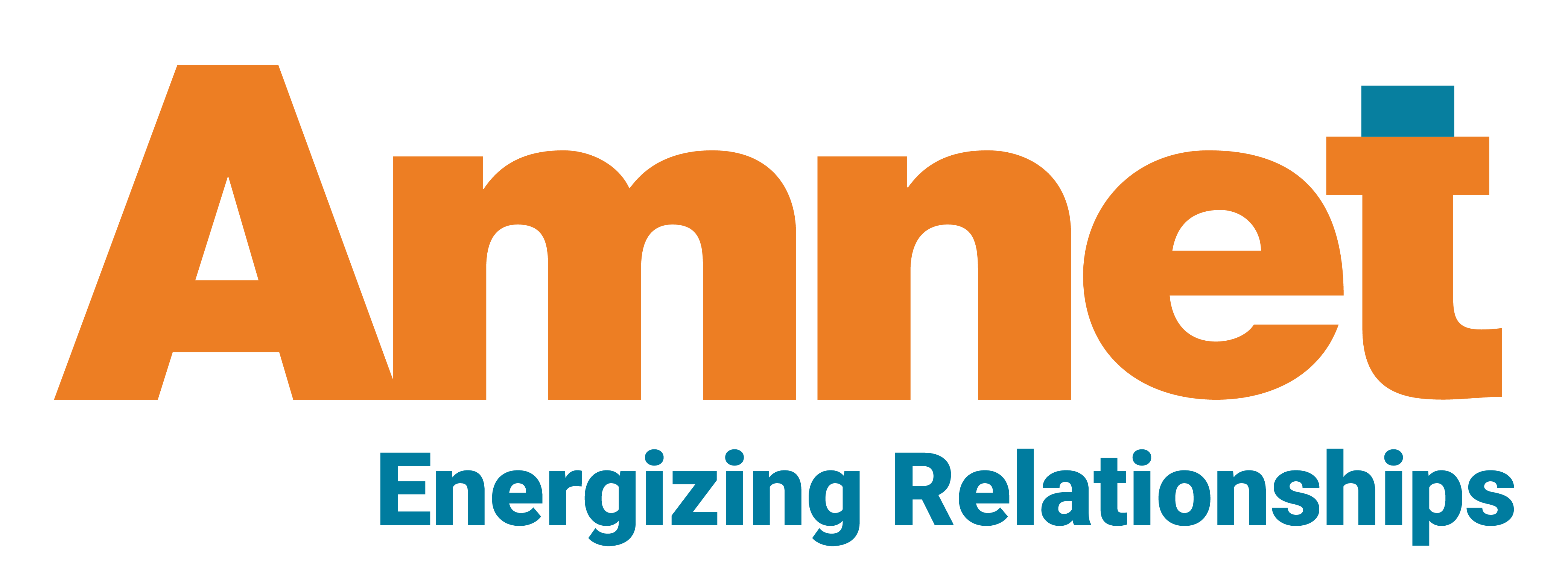With editorial services teams in both the United States and India, we are global leaders in delivering with a focus on creating and curating content that is factually correct, dynamic, and draws high engagement.
Editorial Services
Editorial Services
CarouselWe help authors, publishers, and other content providers in all phases of content development and production. Our project managers keep close track of the project life cycle to ensure that projects stay within schedule and budget. Our project managers are experienced at handling multi-author, multi-contributor, and fast-track projects. Our world-class copy editors and proofreaders help you avoid typos and other types of errors, such as in the grammar, syntax, formatting, style, accuracy, and so on. And our indexers create accurate and effective indexes to make your content easier to use.
Diversity, equity, and inclusion (DEI) in publishing refers to ethical publishing practices as well as efforts to eliminate implicit bias and cultural inaccuracies in publications. DEI editors (referred to as sensitivity readers, diversity readers, or inclusion reviewers) advise publishers and authors on using inclusive and culturally appropriate language and on avoiding pejorative terminology.
Amnet provides conscious language assessment, editing for inclusive language to identify potential biases and helps you weed out unintentional, incorrect, and insensitive portrayals of
- Race, ethnicity, nationality
- Gender
- Sexual orientation
- Disability, health, and mental health
- Age
- Religion and spirituality
- Socioeconomic status and education
- Body size and appearance
Add clarity, improve accessibility, and engage with non-native, vision-impaired, and hearing-impaired audiences by simplifying complex audiovisual and graphical content. We make it our forte to supply our end users with content that comprehensively describes visual elements and cues that may be otherwise lost by a simple transcription. Our alt-text writing and audio description teams manage the process from intake and assessment of images/videos to delivery of text, according to customer requirements and industry standards.
Amnet has access to talented writers with a deep background in higher education content development in a wide variety of disciplines and at various difficulty levels to support existing content. Our services include:
- Accuracy checking homework problems/answers/solutions
- Accuracy checking test items
- Authoring solutions manuals
- Authoring test banks
- Authoring PowerPoint presentations
- Authoring Study Guides and other student and instructor materials
Copyright is an important part of any publication. Having the right permissions and licensing agreements in place can help you avoid any pitfalls in later stages. Amnet helps you identify and secure the requisite permissions to use third-party content such as text, illustrations, photographs, or videos with ease. Our services include:
- Manuscript assessment
- Image/text research
- Rights database creation
- Permission log preparation
- Identifying copyright-related issues
- Rights and fee negotiation with copyright holders
- Permission seeking
- Permission granting
- Ensure manuscript adherence to guidelines, fair-use policy, Creative Commons
- Suggest content removal and replacement for high-fee material
- Assessment of permission-related documents
- Permission clearance
We understand that publishing credible, peer-reviewed research is time consuming, labor intensive, expensive, and complex. A single mistake or misstep can unravel the entire peer-review process and adversely affect the schedule and even credibility of a publication. Amnet helps you compartmentalize and effectively manage your peer-review process to ensure submissions are reviewed on time and in accordance with journal requirements.
Amnet has access to talented assessment writers with expertise in multiple types of standardized tests in a wide variety of subject areas. We provide well-written practice tests aligned with official Standardized Tests include helpful rationales for correct and incorrect answer choices to help students prepare for standardized tests and certification exams, such as the following:
- DSSTs (Credit-by-Exam Program)
- CLEPs (College Level Examination Program)
- Advanced Placement Exams
- SAT
- SAT Subject Tests
- PSAT
- ACT
- GRE
- Nursing Entrance Exams
- MCAT
Using good instructional design principles, we focus on engaging the learner, while keeping a close eye on clarity, consistency, and accuracy.





